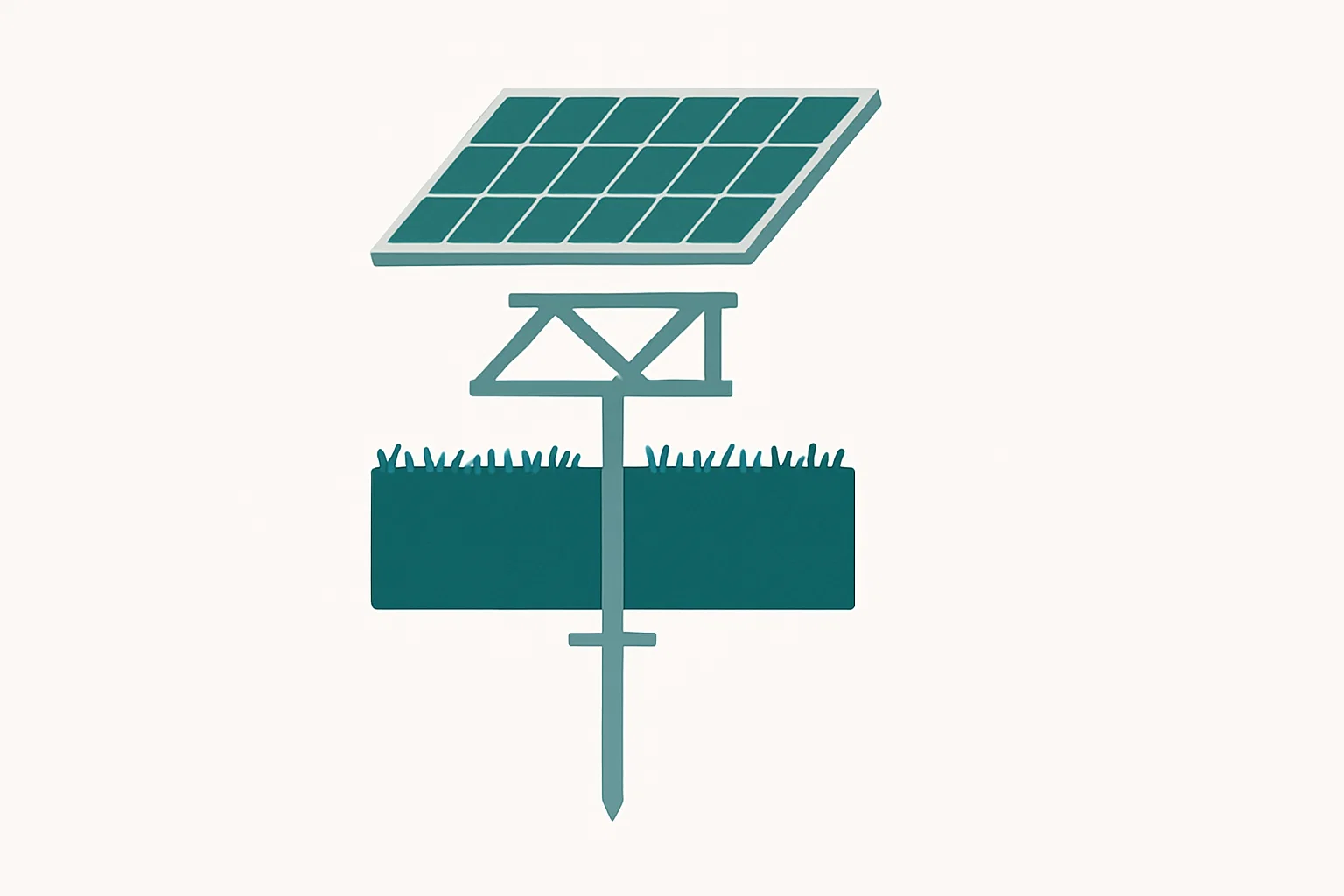How to Mount Solar Panels on the Ground: The Ultimate 2025 Guide
From open field to power-generating asset. This comprehensive guide covers the essential steps for a professional ground-mounted solar installation. We break down site planning, foundation engineering, racking system assembly, and panel mounting best practices for commercial and utility-scale projects.

